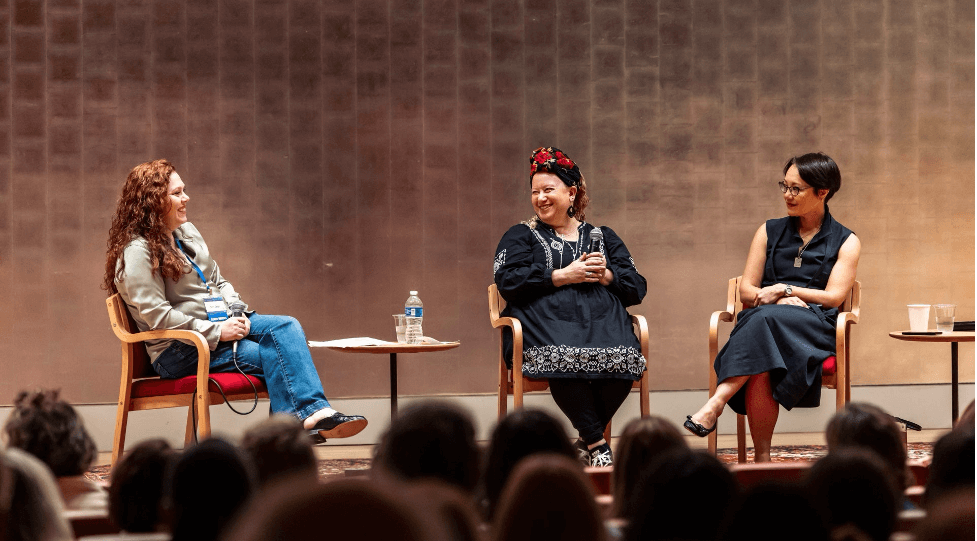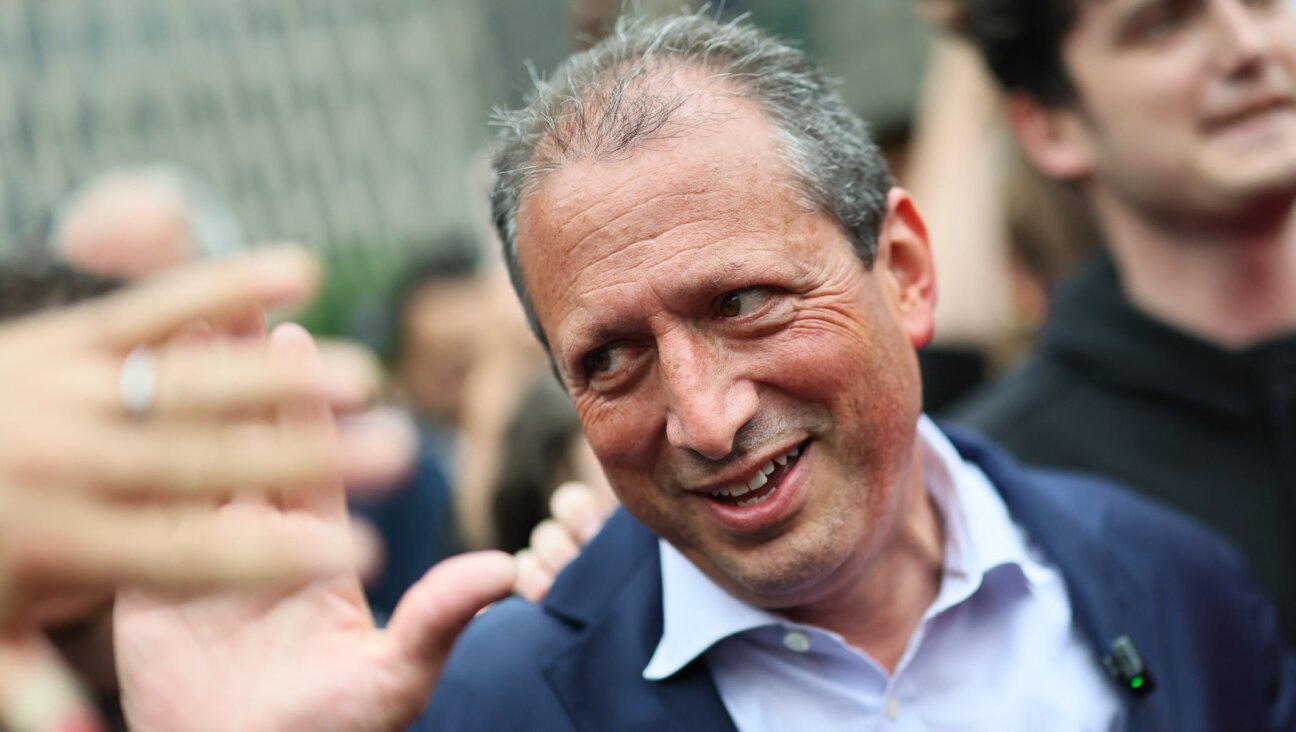How Military Photos Testify to Our Place — in World War II and Gaza

Decked Out: Irving Weissman (left), pictured with his brother, Bob Weissman, dressed in his wartime sailor’s suit. Image by Courtesy the weissman family archive
I’ve been thinking a lot about photographs lately. No, not selfies, but the black-and-white images of people, usually of family members, that stand stiffly at attention on a mantelpiece or on a side table in the living room. Neatly contained in a frame fashioned out of wood or metal, these pictures infuse domestic space with a bit of texture and personality, especially when they are accompanied by a small assemblage of objects: a watch fob, say, or a locket, that once belonged to the person in the photograph. And yet, the presence of these pictures doesn’t completely register. We’re apt to see them more as decorative objects — and as highly individuated ones, at that — than as pieces of history, parts of a collective whole.
For years, a photograph of my grand father, David Snyder, all decked out in a military uniform with a lot of buttons, had pride of place in my parents’ home. Arms akimbo, his cap perched rakishly at an angle, the man in the photograph, a soldier in Franz Josef’s Austrian army, projected an air of confidence that was utterly at odds with the quiet, resigned and sweet soul I knew. Perhaps that’s why my mother chose to display it: The image revealed something about her father, some quality of resilience, of optimism, that had long gone missing. Then again, there wasn’t much else to choose from. The army photograph was the only photograph the family possessed of my grandfather’s pre-American self: the “before” to the “after.” More to the point, it was the only photograph of my grandfather that was publicly exhibited. Everything else — scenes of him at the beach, at work or presiding over the Seder — resided in an album or a scrapbook or in a box filled with dozens of other “Kodak moments.” Strange that, but I didn’t think anything of it.
Nor did I find it peculiar that in our house, virtually every single likeness of my father, Irving Weissman, before he married my mother, Alice, had him in uniform: that of a sailor who proudly served on the USS Augusta during World War II. It never occurred to me, the budding historian, to ask why. Posing jauntily in front of his Brooklyn apartment or with a drink in hand at a family wedding, my father looked downright nautical in his dark-blue duds with a bright-white collar, his beret-like sailor hat at the ready. So thoroughly had this Brooklyn boy, or “young lad,” as my father liked to style his wartime self, taken to the high seas that some pictures show him listing slightly to one side, as if he is trying to adjust his sea legs to dry land. Ship ahoy!
Although I confess, sheepishly, to being entirely tone deaf to the larger meaning of my father and my grandfather’s military photographs while I was growing up, I am currently in a much better position to account for why they were prominently displayed and why they mattered so much. Two things smartened me up: the first, a flurry of books on Jews and the military; the second, a recent personal experience. Thanks to Deborah Dash Moore’s evocative “G.I. Jews: How World War II Changed a Generation” and Derek Penslar’s comprehensive “Jews and the Military: A History,” two works that closely study the relationship between the Jews and the armed forces, I have come to see that for the Jews, combat duty was not just an exercise in civic responsibility — it was also a bid for acceptance. Wishful thinking? Perhaps. But to the men who posed proudly in their uniforms, eager for their picture to be taken, and for their families, who were just as eager to display this particular image, the prospect of belonging was within reach. Who wouldn’t want to embrace, much less showcase, that possibility? Keeping close at hand the photographs of loved ones who served, and survived, was also, I suppose, a way to keep mortality at arm’s length: a memento mori stood on its head.
A much more contemporary photograph — this one of my father’s grandson, Boaz David — also helped me to put things in perspective and to deepen my appreciation for snapshots of men in uniform. A tank commander in the Israeli army, Boaz was photographed one recent Friday afternoon in the vicinity of his base, somewhere near Gaza. An image of him, smiling and at ease, was widely, and instantly, circulated among his family and friends. The means by which it made the rounds was a far cry from the ways in which its photographic counterparts of the 1940s or the 1910s were disseminated. All the same, much like the pictures of Boaz’s grandfather and great-grandfather before him, it, too, was a source of reassurance as well as considerable pride.
Soon, much too soon, a second photograph followed in its wake. This one showed a severely wounded Boaz in the hospital.
I don’t think I will look at military photographs in quite the same way again, or, for that matter, take them for granted.















